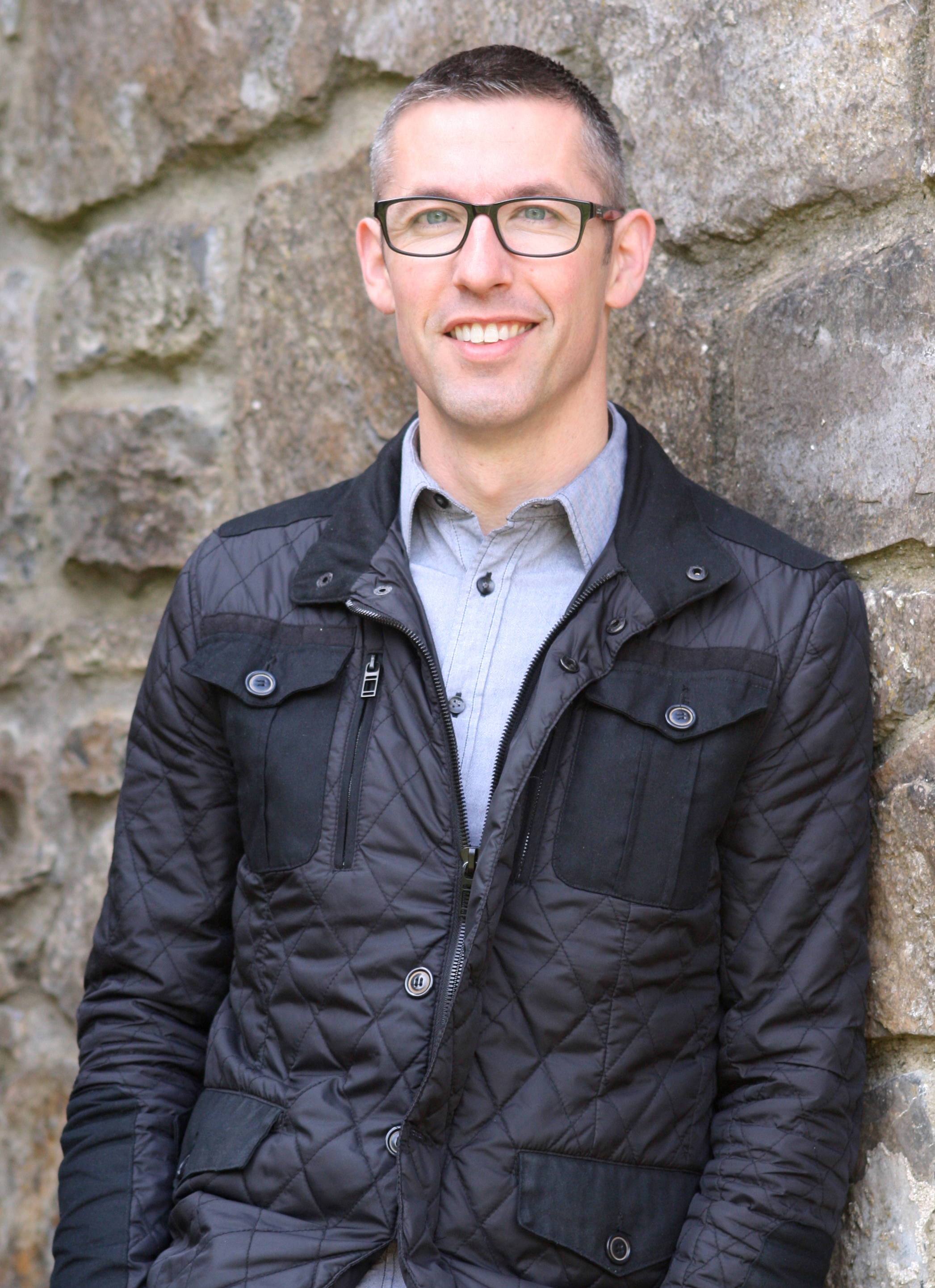It's about to get Legendary all over Ireland
Sarah Webb on the first in a new fantasy series by the arts journalist, Shane Hegarty (review first published in the Irish Independent)
Shane Hegarty, a well-known arts journalist, made his own headlines in 2013 when news broke of his six-figure children's book deal following a frenzied auction at the Bologna Book Fair. His debut children's novel, Darkmouth, the book that caused all the excitement and cheque waving, is published next week. So does it live up to the hype?
The answer, in a word, is yes. I haven't been this excited about a fantasy adventure novel since I read Derek Landy's first Skulduggery Pleasant book in 2007. Interestingly, Hegarty and Landy share the same publishing house, HarperCollins, and the same publicist, Mary Byrne, one of the best in the business. (Not that Mary Byrne, although she is Irish!) If anyone can make Darkmouth a successful international brand, she can.
The book opens in the rather Dickensian, mist-swirling town of Darkmouth, the last 'Blighted Village' in Ireland that still has 'Legends' or monsters, terrifying man-eating creatures from myths and fables. Enter 12-year-old Finn, the youngest of generations of Legend Hunters. The future of Darkmouth rests on his shoulders, but there's one major problem: Finn is more likely to run away from a Minotaur rather than successfully shoot one with his Ghostbusters-nod Desiccator gun.
His father, the Rambo of Legend Hunters, is determined to change this and his son's gruelling training begins. But when the village is threatened with the worst attack of Legends ever encountered , will Finn rise to the challenge?
It's hard to believe that this is Hegarty's first children's book. His characters, including Finn's mysterious and plucky new friend, Emmie and the 'Hogboon' from the 'Infected Side', Broonie, are beautifully crafted and utterly believable. There are hilarious scenes and brilliant wise cracks that reminded me of Eoin Colfer's Artemis Fowl, balanced with gentle family scenes between Finn and his hilarious and hard-working dentist mum, a character who will have bedtime-story reading mums cheering out loud. Kudos to Hegarty for making an adult woman in a fantasy-adventure novel not only super smart but witty too. The difficult relationship between Finn and his ambitious and testosterone-driven father is also touching and real.
Hegarty's writing has an attractive lightness of touch which is spot on for the nine-plus age group and now and then his character's clever life observations make you sit up and take notice. It's slightly slow to get going, as Hegarty has a lot of world-building to do, but once the action kicks in, it's a rollercoaster of a read.
The story is enhanced by the magnificent black and white line drawings by James de la Rue. Illustrations in children's novels are making a comeback and it's a brave and savvy move, one that will make this book stand out in the international fantasy-adventure fray.
Book two in the series, Into the Infested Side, will be published in July, so readers don't have too long to wait for their second Darkmouth fix. With a cracking story, eye-catching cover design and catchy but simple tag line: 'It's about to get Legendary', I think the clever folk at HarperCollins may have another superstar writer on their hands. Watch out, Landy, there's a new kid in town!
Darkmouth; Shane Hegarty; HarperCollins, hdbk, 416pp, £9.99
Sarah Webb's new book for younger readers, The Songbird Café: Mollie Cinnamon is Not a Cupcake, will be published in March



